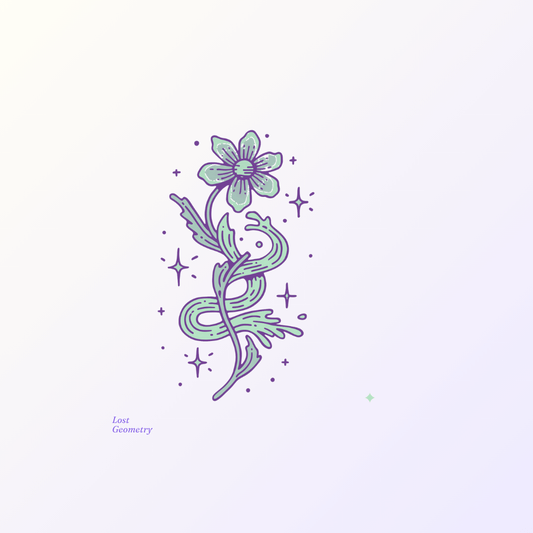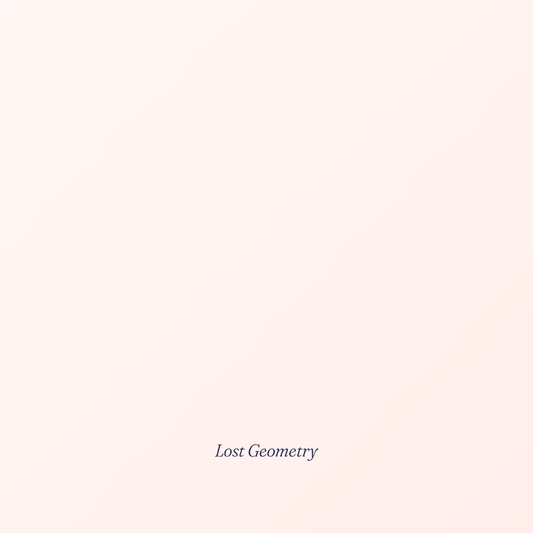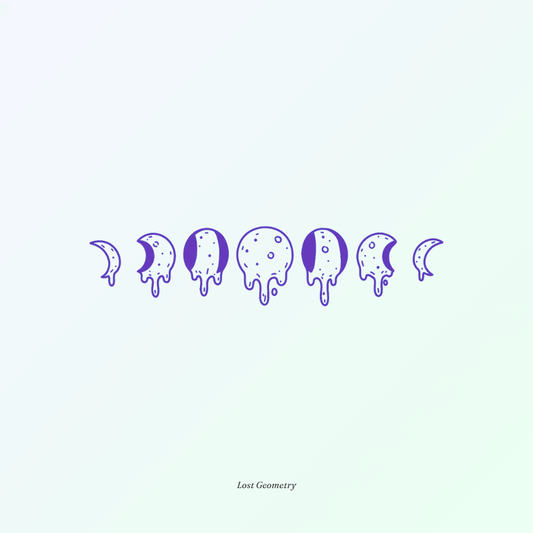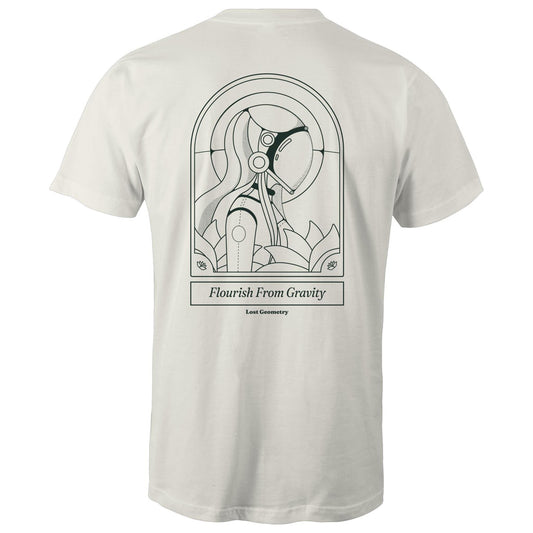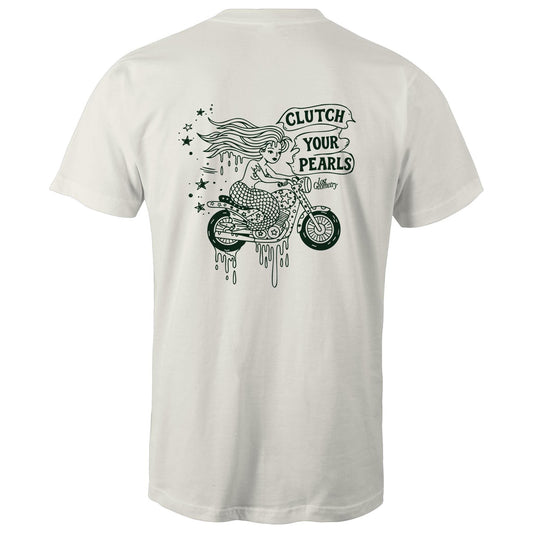The Art of Sacred Pausing
Michael HileyThe difference between reactive and intentional pausing—and why stillness generates creativity.
The pause between notes creates the music. The space between words creates meaning. The stillness between breaths creates life. Yet we've forgotten how to pause intentionally, treating gaps as voids to fill rather than spaces with their own intelligence.
"Rest nurtures creativity, which nurtures activity," observe Kim John Payne and Lisa M. Ross in Simplicity Parenting. Activity without rest becomes mechanical. Rest without consciousness becomes escape.
Contemplative Space in Motion
The artwork shows a got drink, positioned dripping and steaming along with cosmic space, suggesting how intentional stillness connects us to larger rhythms and deeper wisdom. This isn't empty time—it's pregnant pause.

Sacred pausing differs from collapse or distraction. It's conscious engagement with the space between activities, the moment where one thing ends and another begins. In these gaps, insight emerges.
Micro-Pause Practices
You don't need meditation retreats to access the power of conscious stillness. Contemplative practice can happen in seconds:
Before responding — Three conscious breaths before replying to challenging communication.
Between activities — Fifteen seconds of awareness when transitioning from one task to another.
During creation — Pausing to sense what wants to emerge rather than forcing the next move.
Sacred vs Empty Time
Mindfulness practice transforms ordinary pauses into portals of possibility. Empty time feels vacant, restless, unproductive. Sacred time feels full of potential, alive with subtle activity beneath the surface calm.
Creative breakthroughs often emerge not during effort but during these conscious pauses. The solution appears when you stop trying to solve. The next word comes when you stop forcing sentences.
Pausing as Creative Practice
Learn to pause before speaking, creating, deciding, reacting. Not hesitation born from fear but conscious space born from wisdom. This develops your capacity to respond rather than react, to create from clarity rather than impulse.
The pause becomes sacred when you bring attention to it, when you recognise it as an essential part of the creative process rather than dead time between productive moments.
In a culture obsessed with doing, the conscious cultivation of non-doing becomes a radical practice. Not emptiness but spacious fullness. Not stopping but conscious engaging with the rhythm beneath activity.
Where in your creative life could conscious pausing create breakthrough?

